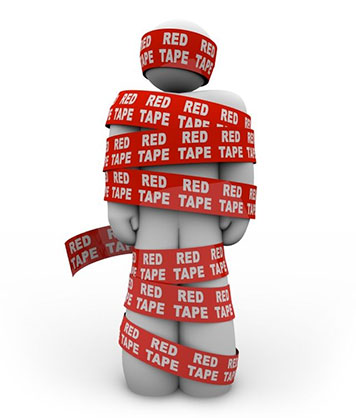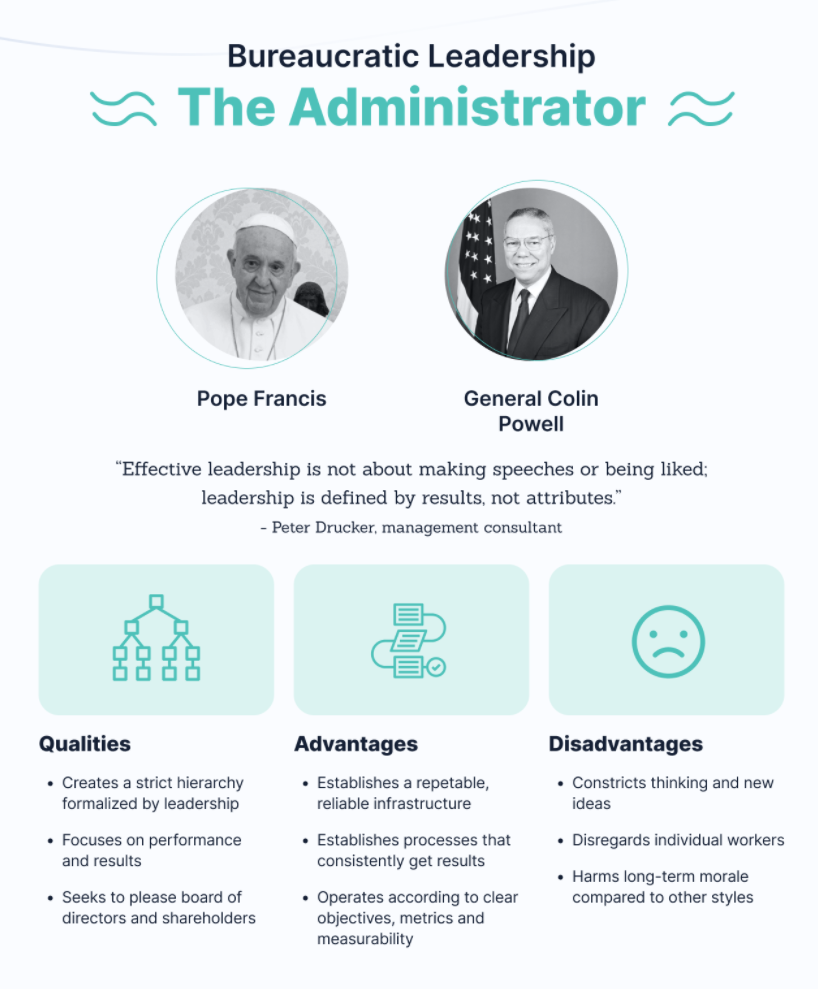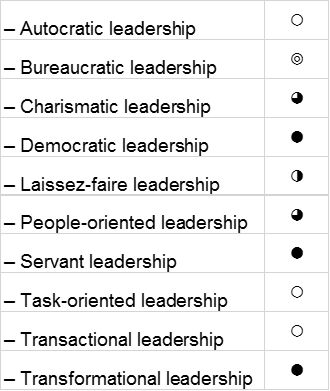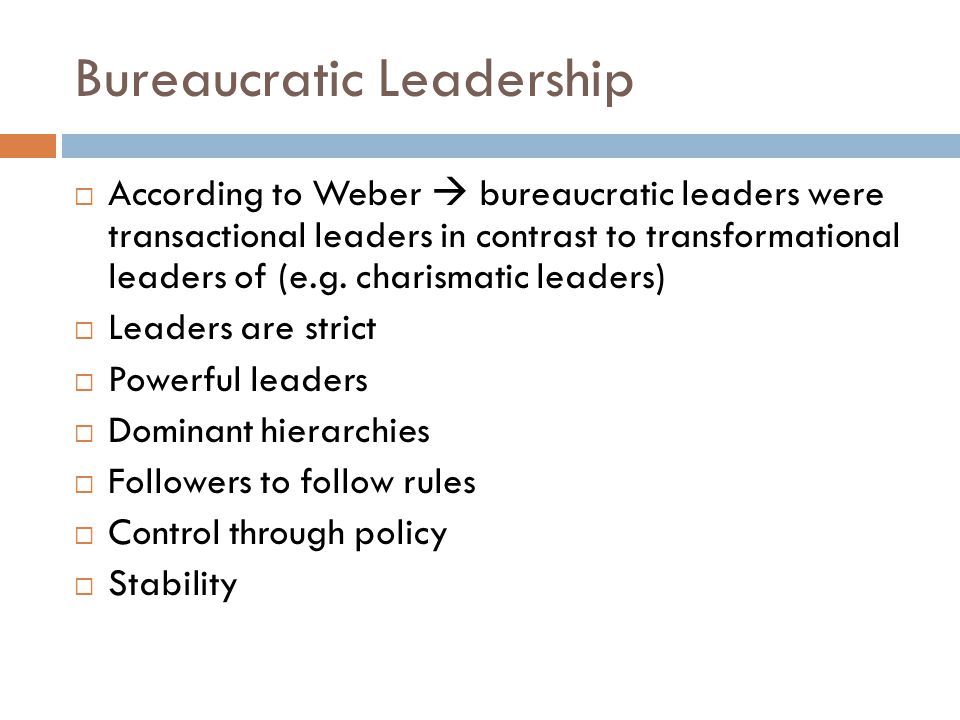Bureaucratic leadership is a type of leadership that is characterized by a strict adherence to rules and procedures, as well as a hierarchical organizational structure. This style of leadership is often associated with government agencies and large corporations, where there is a need for clear lines of authority and a defined chain of command.
One of the main benefits of bureaucratic leadership is that it provides a clear framework for decision-making and helps to ensure that all tasks are completed efficiently and effectively. This is because bureaucratic leaders tend to rely on well-established policies and procedures to guide their actions and make decisions. This can help to eliminate confusion and reduce the risk of errors or mistakes being made.
However, there are also some potential drawbacks to bureaucratic leadership. For example, this type of leadership can be inflexible and may not allow for much creativity or innovation. It can also be slow to adapt to changing circumstances, as the focus is on following established rules and procedures rather than seeking out new solutions.
Additionally, bureaucratic leadership can sometimes result in a lack of autonomy for employees, as decisions are often made at the top of the organizational hierarchy and then passed down through the chain of command. This can lead to a lack of ownership or engagement from employees, which can have negative consequences for morale and productivity.
Despite these potential drawbacks, bureaucratic leadership can be effective in certain situations, particularly in large organizations where there is a need for a clear hierarchy and well-defined rules and procedures. However, it is important for leaders to be aware of the potential limitations of this approach and to consider other leadership styles as well in order to foster a more dynamic and flexible organizational culture.
What is bureaucratic leadership?

A bureaucratic leader manages a huge team, which makes it necessary for them to be unshakeable. Thus, innovation and creative decision-making can be severely hindered. A bureaucratic leader may be able to recognize these opportunities, but be able to do nothing about them, because the organizational structures in place do not offer the flexibility required to act. These disadvantages should not necessarily dissuade any business from using bureaucratic leadership; after all, what works for one company may not work for another. Why is bureaucratic leadership good? By its very nature, bureaucracy is characterized by rigid rules and regulations that can stifle creativity and prevent businesses from responding quickly to changes in the marketplace.
Bureaucratic Leadership Guide: Definition, Pros & Cons, Examples

In this case, there is a line of command with each leader having separate powers in their jurisdiction. If individuals follow the rules and deliver efficient performance, their careers will soar. Bureaucratic leadership has a distinct chain of command, follower conformity and stringent rules. He showed persistence at all levels to carry on with his plans against all the odds. A comprehensive understanding of the company, different essential processes and the functions to allocate employees can help achieve the set targets effectively. This allows professionals to specialise in their specific roles, which means they develop proficiencies and skills that they use to perform their tasks more effectively. Have these bureaucratic leadership examples inspired you to adopt this management style within your own company? Frequently Asked Questions FAQs 1.
Difference Between Autocratic and Bureaucratic Leadership

These rules guide employee conduct and direct daily tasks. A good leader is one who can motivate people to perform, create, and move toward the goal of a company or an organization. Bureaucratic Leadership Style Pros and Cons Similar to every other style of leadership, there are different pros and cons to bureaucratic leadership. His bold combination of bureaucratic and charismatic leadership styles helped him achieve this feat. Bureaucratic leaders thrive in an environment where predictability is present. This leadership style can suit highly regulated institutions, industries and government bodies with a rigid structure functioning through specified rules. It does not offer freedom for creativity.







